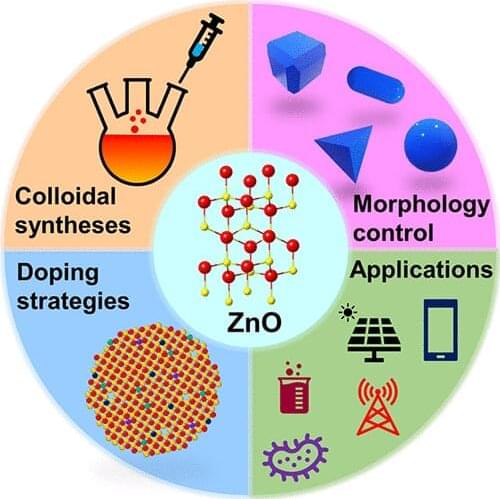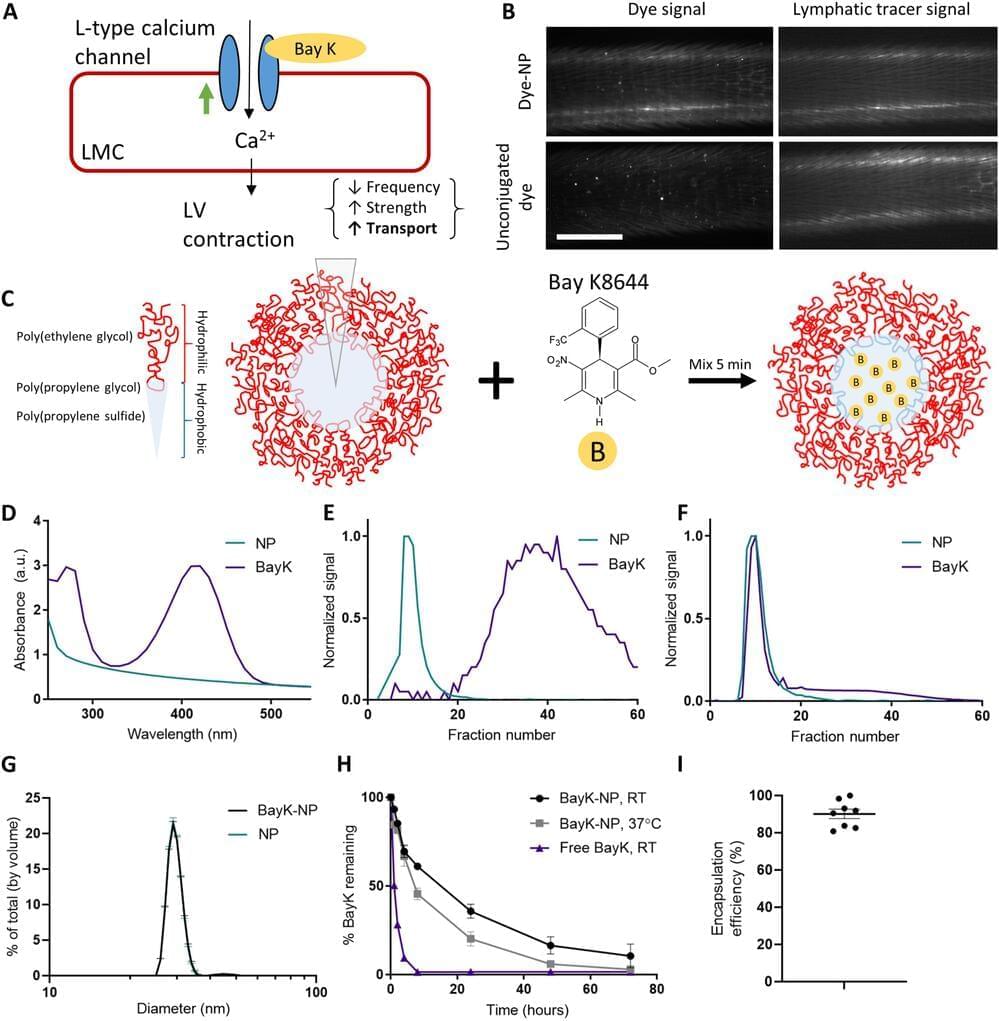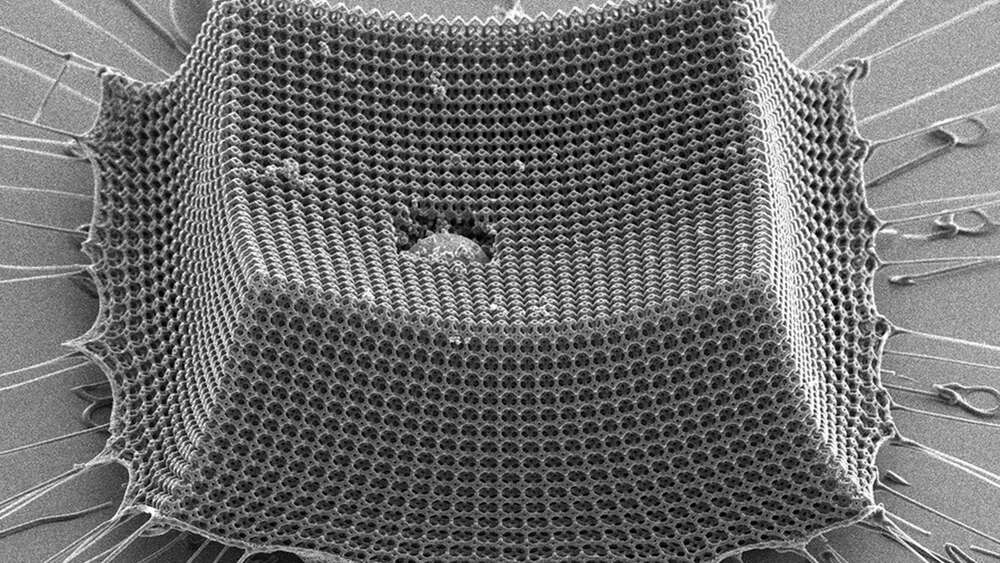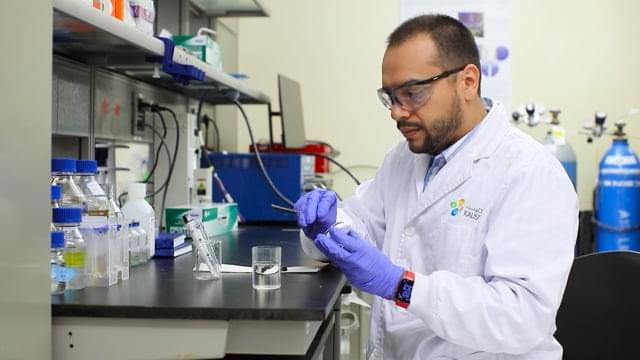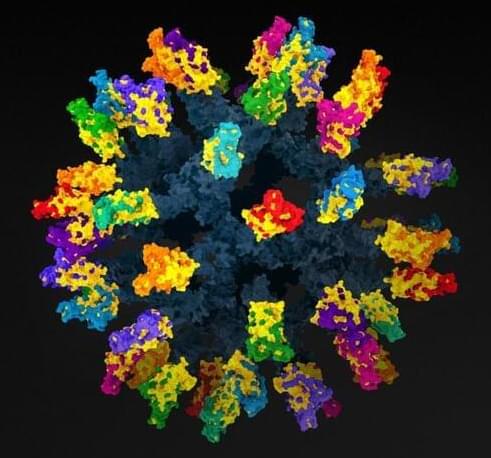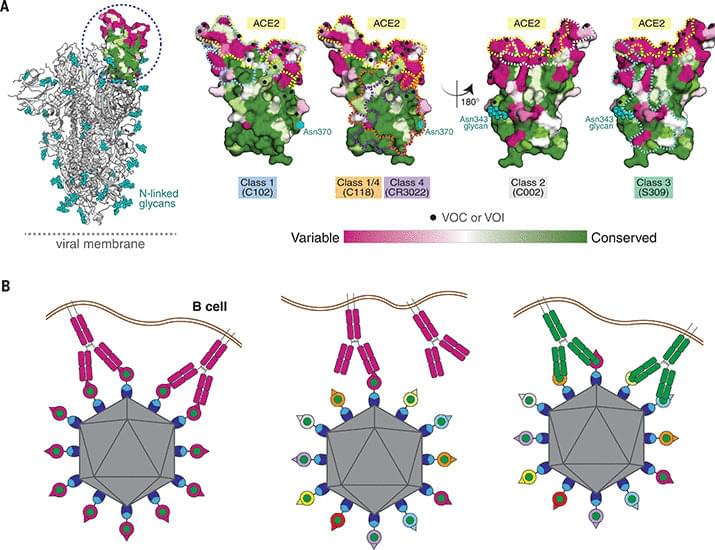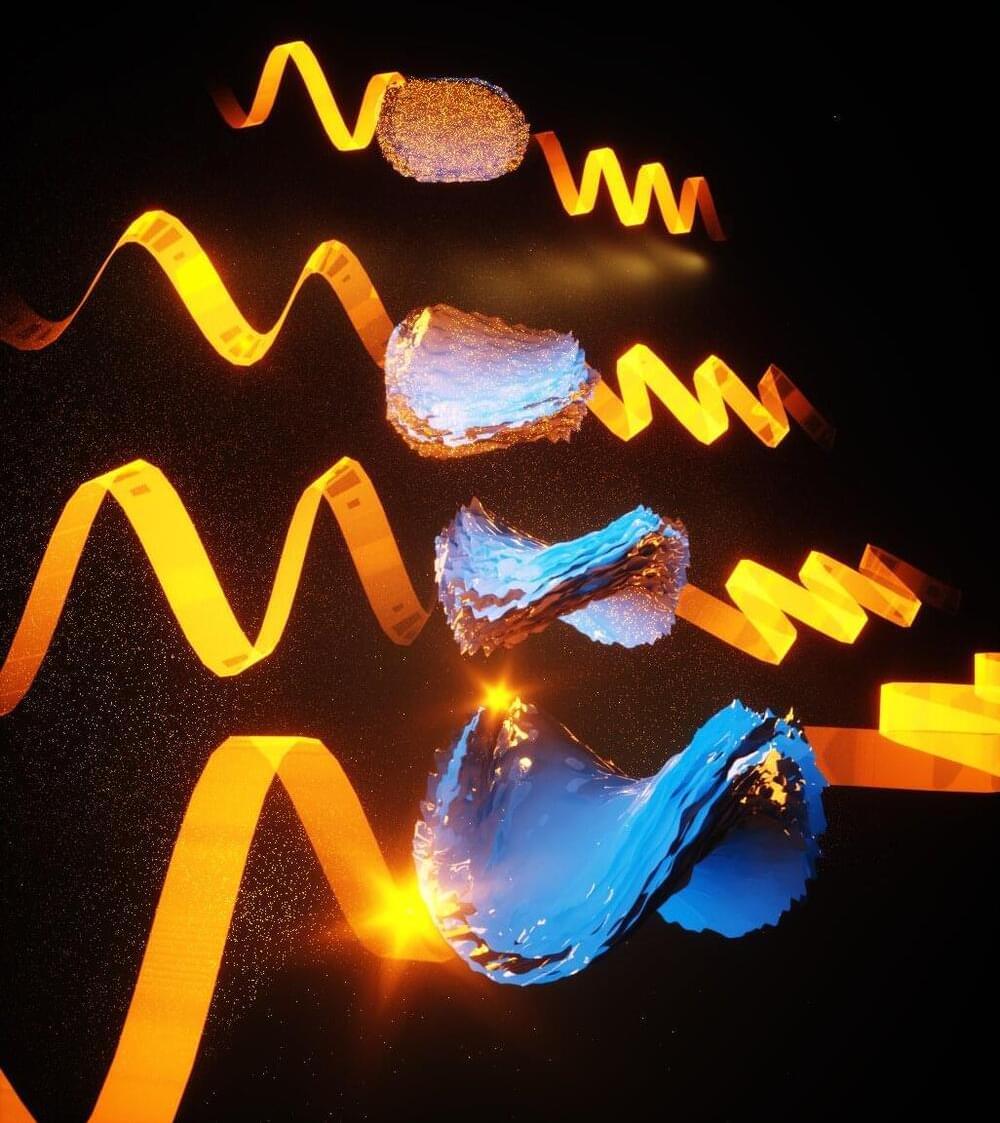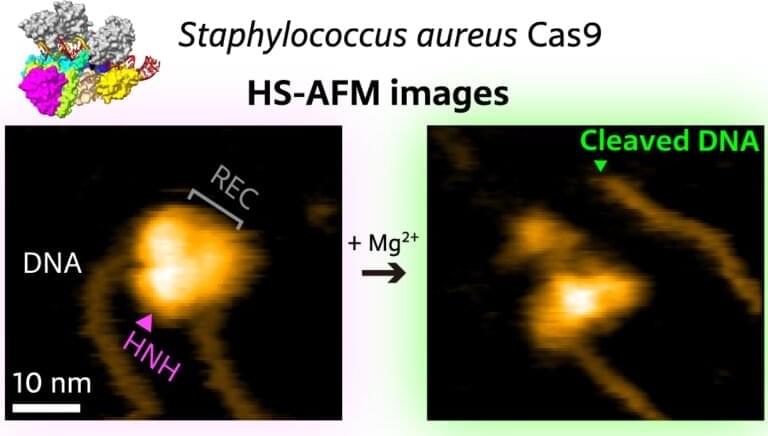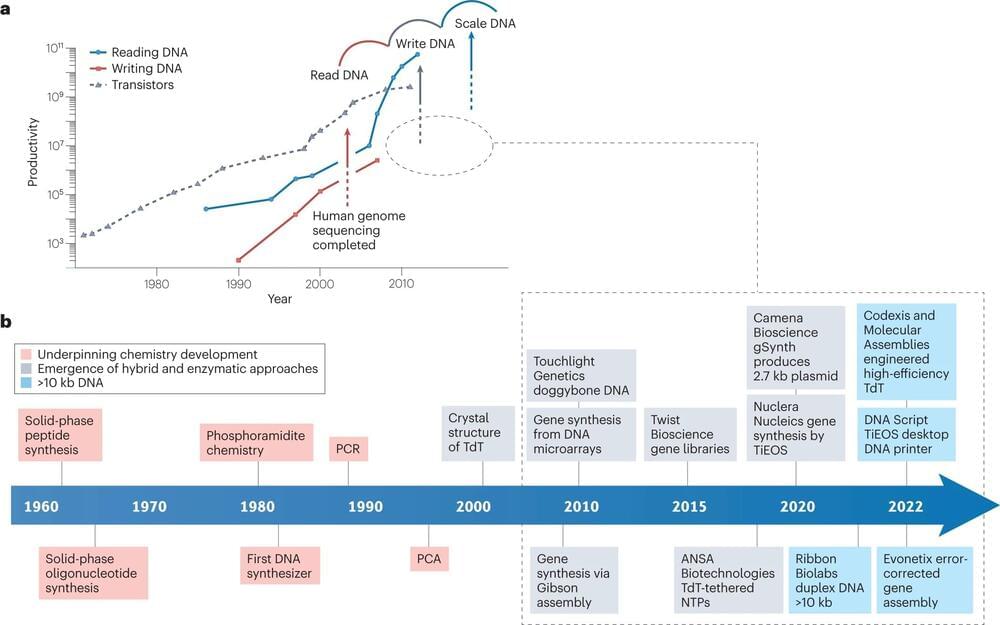Mar 23, 2023
‘Inkable’ nanomaterial promises big benefits for bendable electronics
Posted by Dan Breeden in categories: chemistry, computing, mobile phones, nanotechnology
An international team of scientists is developing an inkable nanomaterial that they say could one day become a spray-on electronic component for ultra-thin, lightweight and bendable displays and devices.
The material, zinc oxide, could be incorporated into many components of future technologies including mobile phones and computers, thanks to its versatility and recent advances in nanotechnology, according to the team.
RMIT University’s Associate Professor Enrico Della Gaspera and Dr. Joel van Embden led a team of global experts to review production strategies, capabilities and potential applications of zinc oxide nanocrystals in the journal Chemical Reviews.
